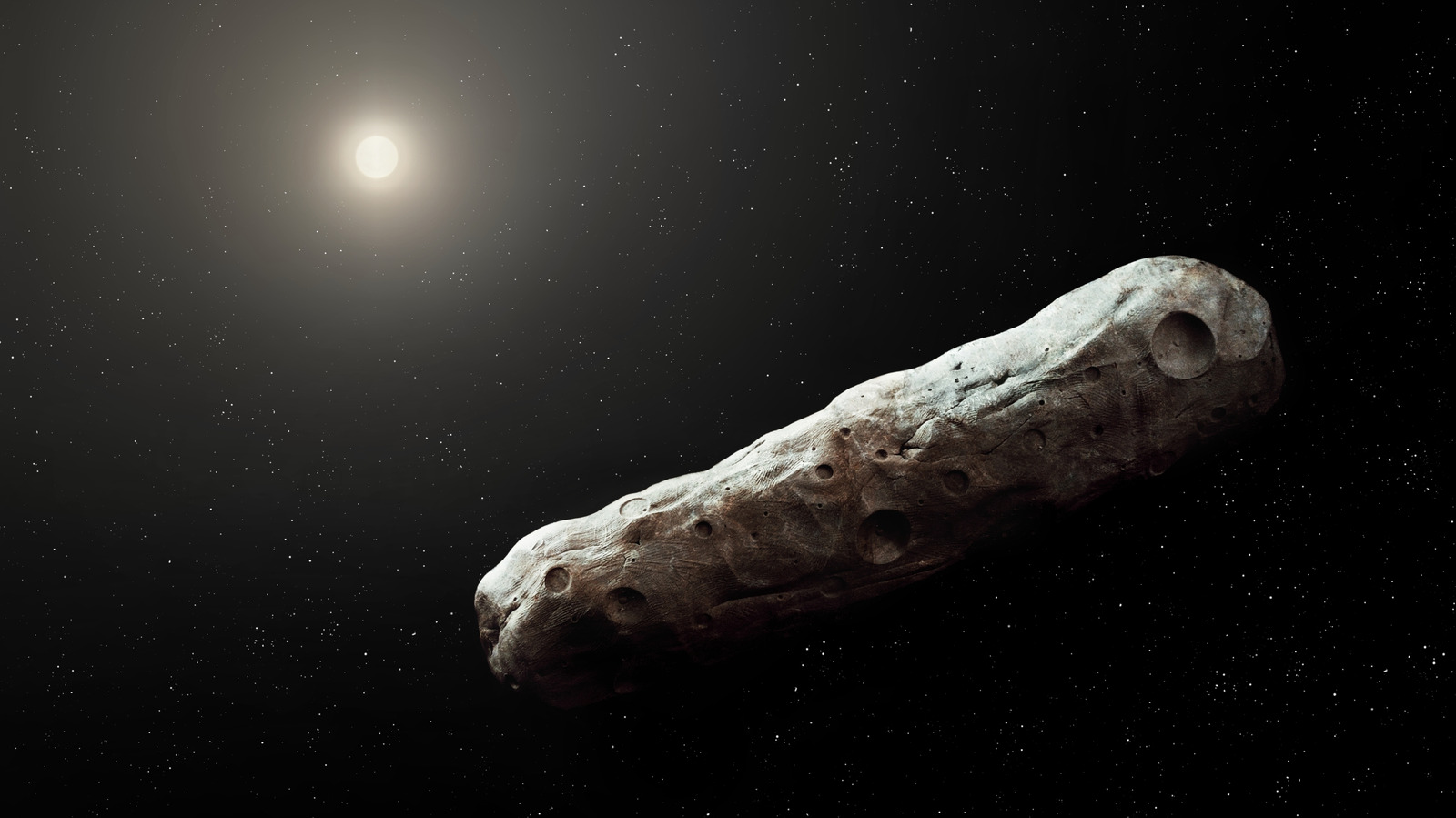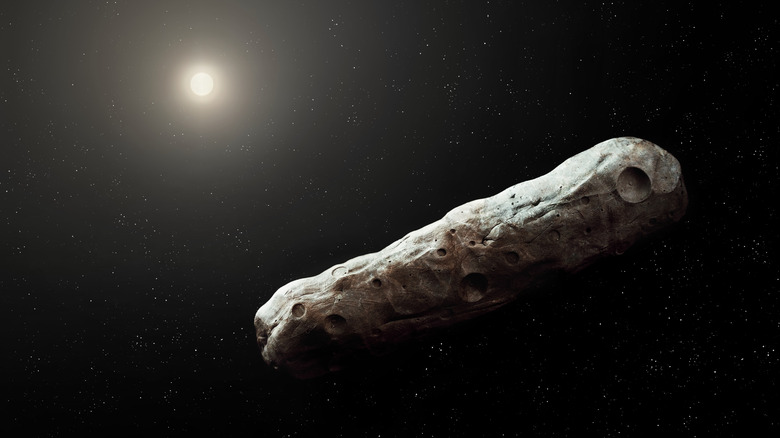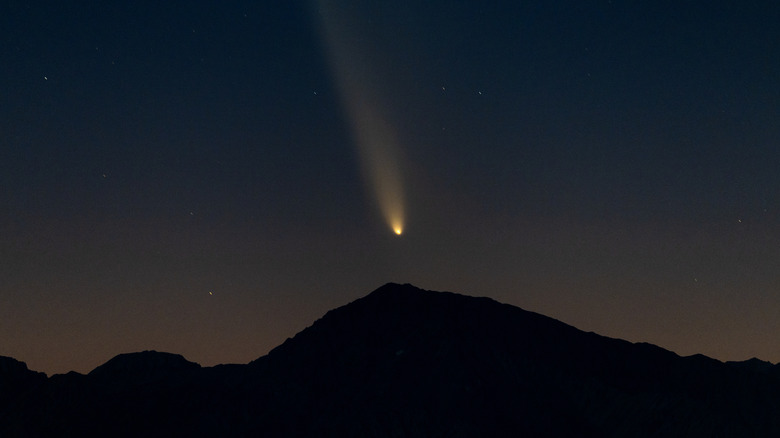Is alien invasion armageddon coming for us in November? That’s the speculation set off by a legitimate academic study recently published by a team of scientists. In early July, a previously unidentified object was spotted heading toward the Solar System. Now named “3I/ATLAS” by astronomers, the mysterious visitor follows the now-infamous Oumuamua, an object that appeared in 2017. A noted astrophysicist, Harvard’s Avi Loeb, courted controversy by suggesting that Oumuamua might have been an alien probe. As a co-author of the study, he’s now toying with the idea that 3I/ATLAS might also be alien technology.
Naturally, the alleged threat was picked up by the New York Post and spread throughout conspiracy-minded social media over this past weekend. The lede, of course, got buried. In the actual paper, the authors called their effort a “largely a pedagogical exercise” and concluded, as have many other scientists, that “[b]y far the most likely outcome will be that 3I/ATLAS is a completely natural interstellar object, probably a comet.” Post-Oumuamua, however, scientists seem to have decided that outlandish speculation and highfalutin fun-seeking is acceptable. It certainly means that their alien-tech thesis will garner loads of media attention.
Serious analysis with an unserious outcome
If you read the paper, you’ll see that it’s crammed with authentic scientific inquiry, proceeding from the hypothesis that 3I/ATLAS is some kind of probe and that it’s intentionally designed to conceal its nature due to the so-called “Dark Forest” theory of possible alien life. The idea is that an alien intelligence capable of interstellar travel would both want to remain hidden and seek to destroy any other possible life form before it could become a threat.
You can also get up to speed on why Loeb, a respected astrophysicist, has become a controversial personality, especially since the Oumuamua event. The recent study offers a reasonable justification for conjecturing that 3I/ATLAS isn’t just a very large comet: We do ourselves no service if we don’t push some out-there hypotheses and then attempt to run real science on them. Unfortunately, the current media system does an excellent job of cherry-picking these efforts and mangling their authenticity. The Post’s headline? “‘Possibly hostile’ alien threat detected in unknown interstellar object, a shocking new study claims.”
It’s exhausting to do your own research
I saw the social media frenzy around the study and immediately thought: this must be something of a scientific thought experiment. A few minutes of digging led to the study itself, then to Loeb, and my connect-the-dots confirmation that the story was being sensationalized arrived. None of this should have been necessary. The headlines could have been something like “It’s probably a comet, but…”
Honestly, it’s fun for real scientists to encounter phenomena such as this and try to figure out what’s going on. Various telescopes are going to monitor 3I/ATLAS, which, at up to 15 miles in diameter, is rather large, as it passes through the Solar System. It’s also fun for some slightly renegade researchers to publish a bit of a punk paper. The problem arises when we sacrifice science to scare people by encouraging them to scroll through flagrantly misleading Instagram posts. I doubt the paper’s authors intended for that to happen, given the relatively obscure nature of its publication (it was what’s known as a “preprint,” research published before peer review). But here we are. It’s “War of the Worlds” all over again.





